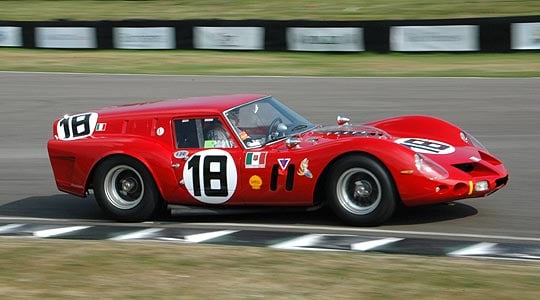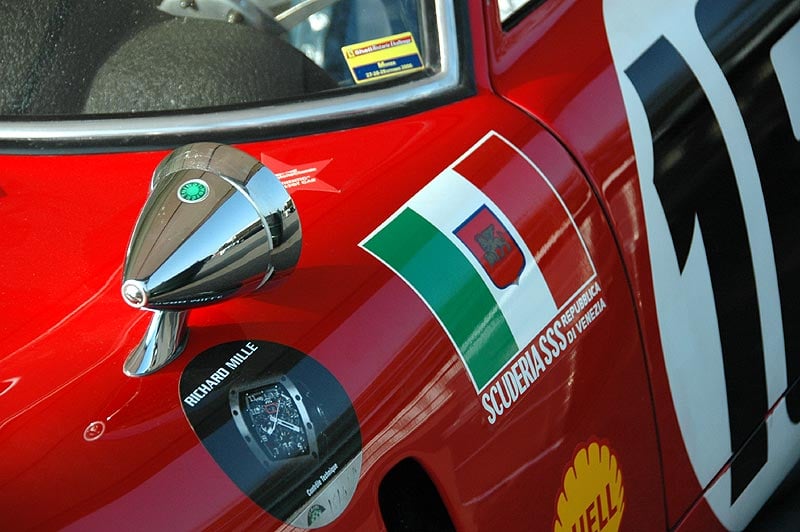
The Ferrari ‘Breadvan’ is an unofficial favourite in the Classic Driver office – for its unique and instantly recognisable styling, as much as for its fascinating history. Now, Ferrari SpA has acknowledged the car’s historical significance by issuing an ‘Attestation for vehicles of historic interest’ to what is officially titled the ‘250 GT Berlinetta passo corto (chassis 2819) nicknamed the “Breadvan”’.
This (not exactly mellifluous) ‘Attestation’ is for Ferraris that don’t quite comply with the ultra-strict Ferrari Authenticity Certification criteria, but are nevertheless recognised as internationally important cars. We particularly enjoyed the wording of the Ferrari press release which seems almost begrudgingly to admit that “the Breadvan is probably one of the most emblematic models… considering its peculiar configuration”.
This much-admired Ferrari left the Maranello factory in 1961 as a 250 GT Berlinetta passo corto (short wheelbase) ‘Competizione’, and took part in that year’s Tour de France, driven by Gendebien and Bianchi. It was then bought by Count Volpi di Misurata – and entered in the 1000Km of Paris with Trintignant and Vaccarella, under Scuderia Serenissima.


In 1962, however, the Count instructed Giotto Bizzarrini to re-design the car to compete more effectively against the 250 GTOs. As well as developing the brakes and suspension, the car acquired a most innovative, aerodynamic body, with a lowered engine.
The nickname ‘Breadvan’, invented by the British press, hardly needs to be explained.
In its startling new form, the Breadvan was entered in that year’s Le Mans, driven by Abate and Davis, but transmission problems forced an early withdrawal. Between then and 1965, the Breadvan competed in prestigious races with such exceptional drivers as Scarfiotti. It is now a firm favourite on the historic motorsport scene.
Text: Charis Whitcombe
Photos: Classic Driver
ClassicInside - The Classic Driver Newsletter
Free Subscription!


